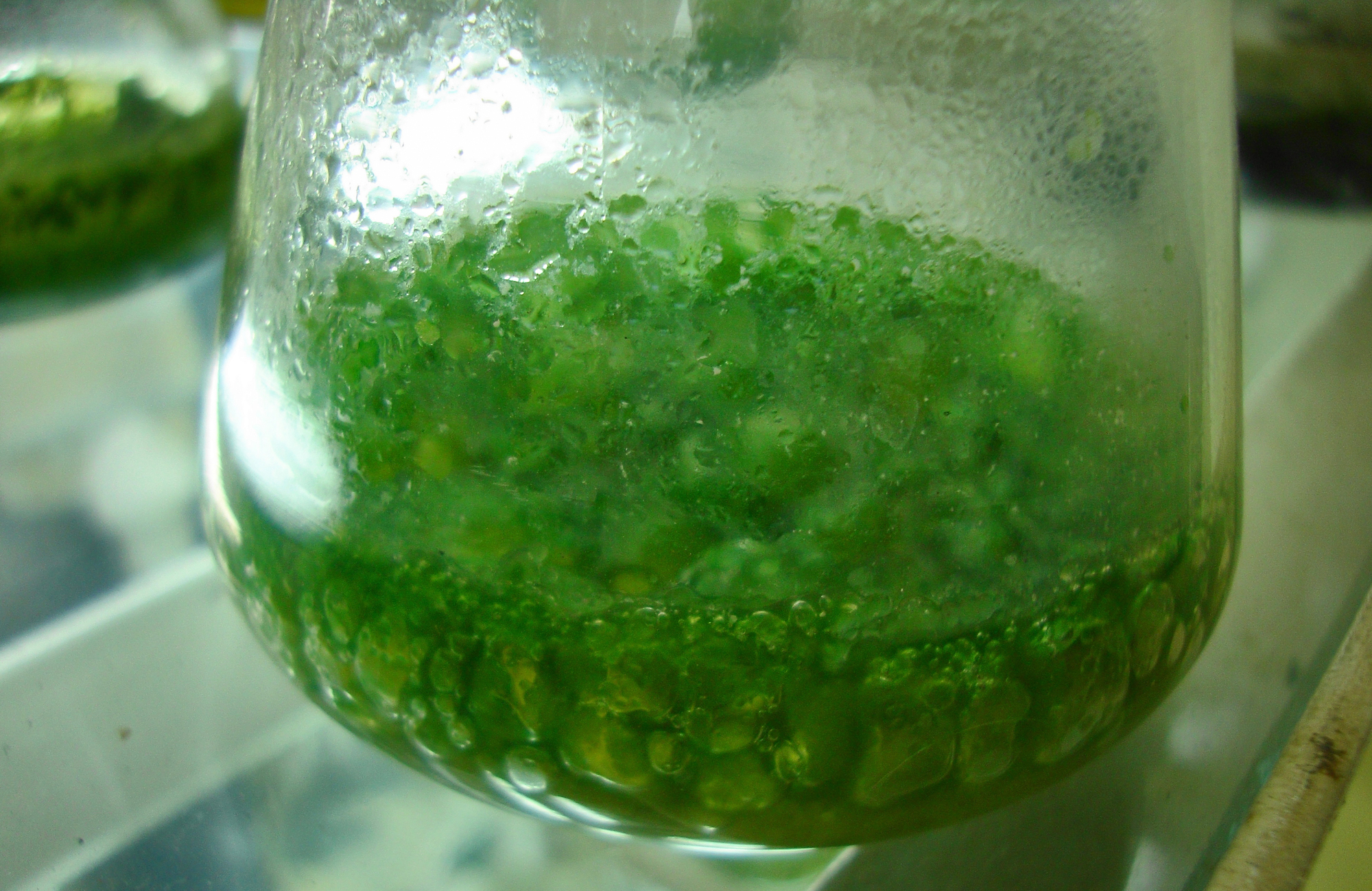A substance from a previously unknown blue-green alga, also known as cyanobacteria, that lives on ground nettles in freshwater lakes is responsible for making various birds and other animals sick, according to research by teams at the University of Halle-Wittenberg in Germany and the University of Georgia.
The harmful substance finds its way into herbivorous fish, water birds, and turtles, which were eventually eaten by the bald eagles, say the researchers, solving the long-running mystery of the mass extinction of bald eagles in the southeastern US. Since the 1990s scientists have been searching for the “eagle killer poison” that causes nerve disorders in the birds which then lose control of their bodies and die.
Though it remains unclear why the bacteria produces the poison in some lakes but not in others, a unique bromine compound may be responsible, say researchers. It turns out that the bacteria need bromine to produce their poison and the scientists point out that a herbicide containing bromine is used in some lakes to destroy the invasive ground nettle.
By Milan Sime Martinic
